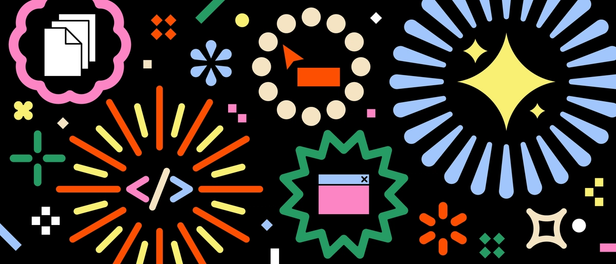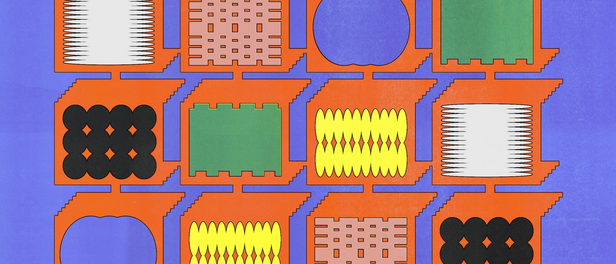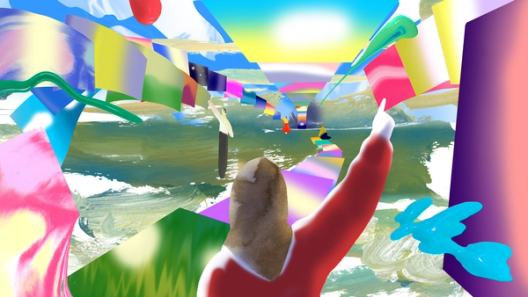Six memos for the future of digital creation
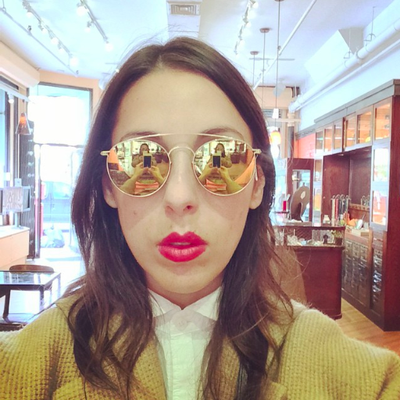
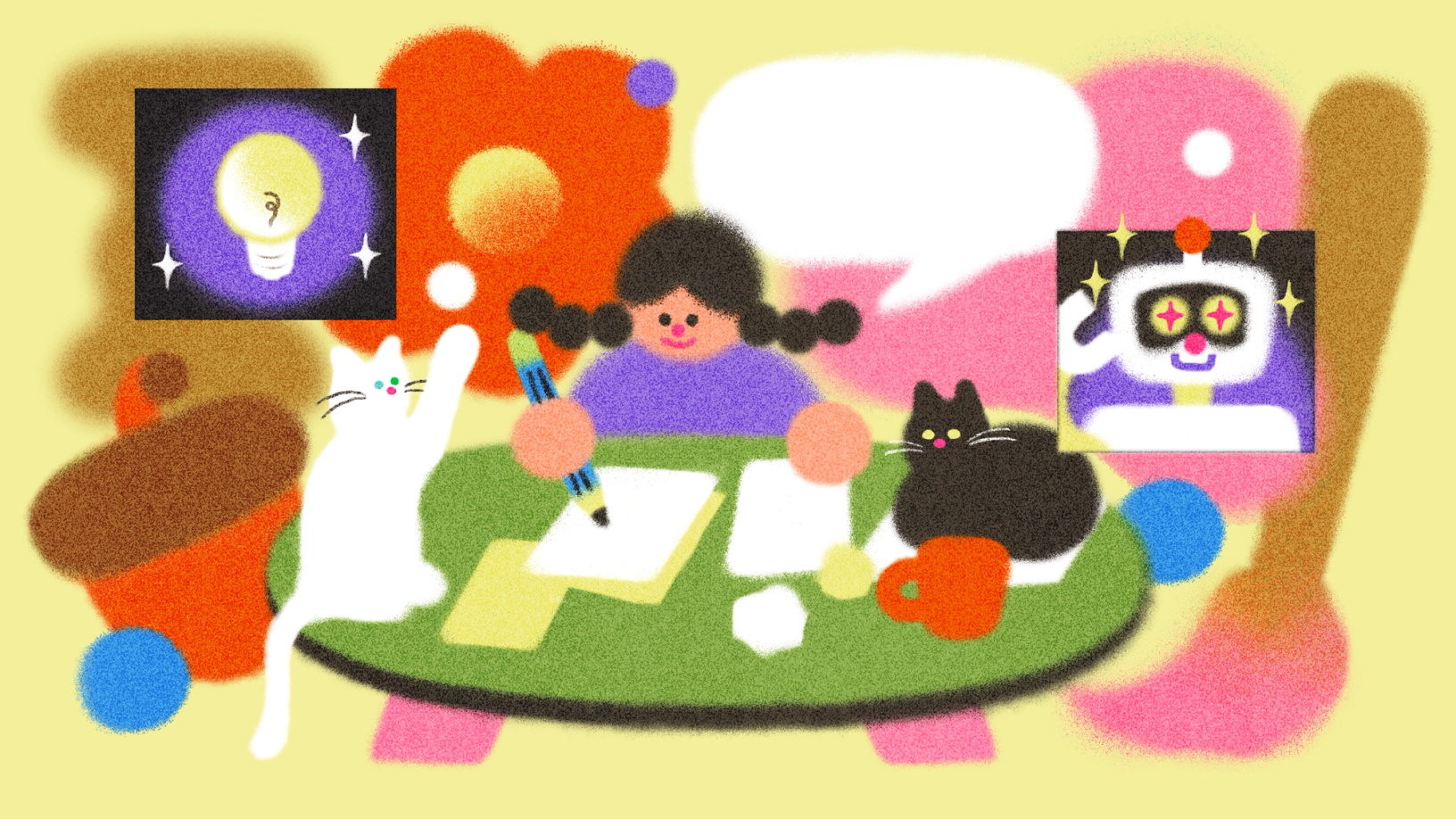
We turned six big ideas percolating around the Figma office—written from the perspective of devs, designers, analysts, writers, PMs, card-carrying generalists—and put them on record. Here’s a look at what’s on our minds for 2025.
Artwork by Zoey Kim
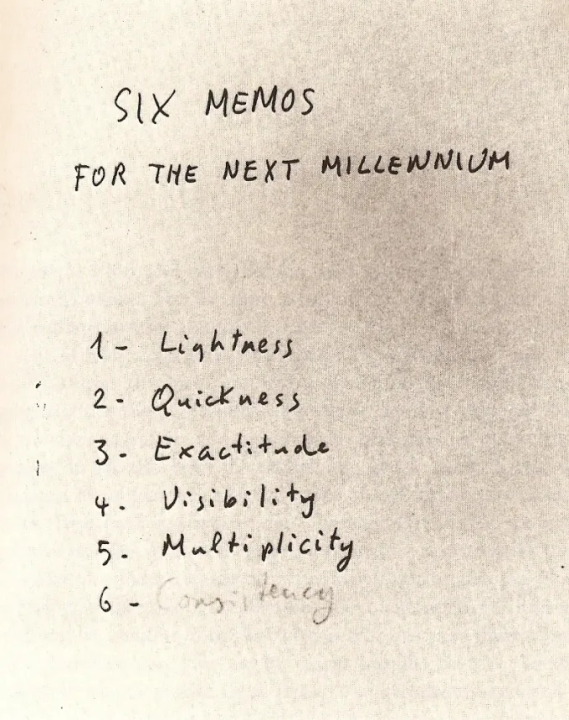
In 1985, Italian writer Italo Calvino outlined five qualities for literature’s future, enumerated in a series of planned lectures before his death. His wife Esther titled the posthumous collection Six Memos for the Next Millennium, choosing “memo”—a word she said “delighted” him—to describe these brief messages to the future.
Short for memorandum, a memo is a written communication primarily used in business—a way of conveying ideas or information between colleagues and organizations. In tech, the memo has become something of a genre unto itself, with some achieving mythic, industry-shifting status. Think Bill Gates’ 1983 declaration that “Microsoft believes in mouse and graphics as invaluable to the man-machine interface,” or Stewart Butterfield’s iconic Slack memo, “We don’t sell saddles here” which argued that no one seeks “a next-generation workplace chat platform”—they care about reading fewer emails.
Memos can be whimsical, too, like former Vogue editor-in-chief Diana Vreeland’s iconic memos, with playful subjects like “Ironing one’s hair with an iron” Body: “What happened to this delightful idea? We have not heard about it lately.”
Memos can highlight opportunities for growth or flaws in strategy, serve as extended metaphors (like Brad Garlinghouse’s leaked “Peanut Butter Manifesto,” which likened Yahoo’s resource distribution to spreading peanut butter across bread), or document how thinking evolves over time (see Garlinghouse’s reflection on that manifesto 11 years later.)
At Figma, many of us write memos daily, though we may not see them as such. They appear in Slack threads and as shared docs, sometimes addressing a feeling, critiquing a product strategy, or simply noting an industry phenomena. At their core, these missives are a testament to craft; to the very human tendency to take note and consider, to foster a dialogue, or seed change. It’s no wonder “the memo” remains one of our more beloved forms of communication at work. After all, who doesn’t love a hot take?
We asked six members of the Figma team working across design, development, and community to do just that—double click on a few of the ideas they’ve shared about the future shape of their work. Think of them as six memos for 2025. Give them a read, and then maybe write your own.
Why developers should embrace creative coding again
Developer Advocate Jake Albaugh looks at how browsers have quietly outpaced design tools in capability and possibility. Looking back at his years in creative coding, he urges us to push beyond templates and rediscover our appetite for web experimentation. Read more Modern browsers have evolved beyond what most design tools can do. It’s up to us to break free from templates and tap into the web’s true creative potential.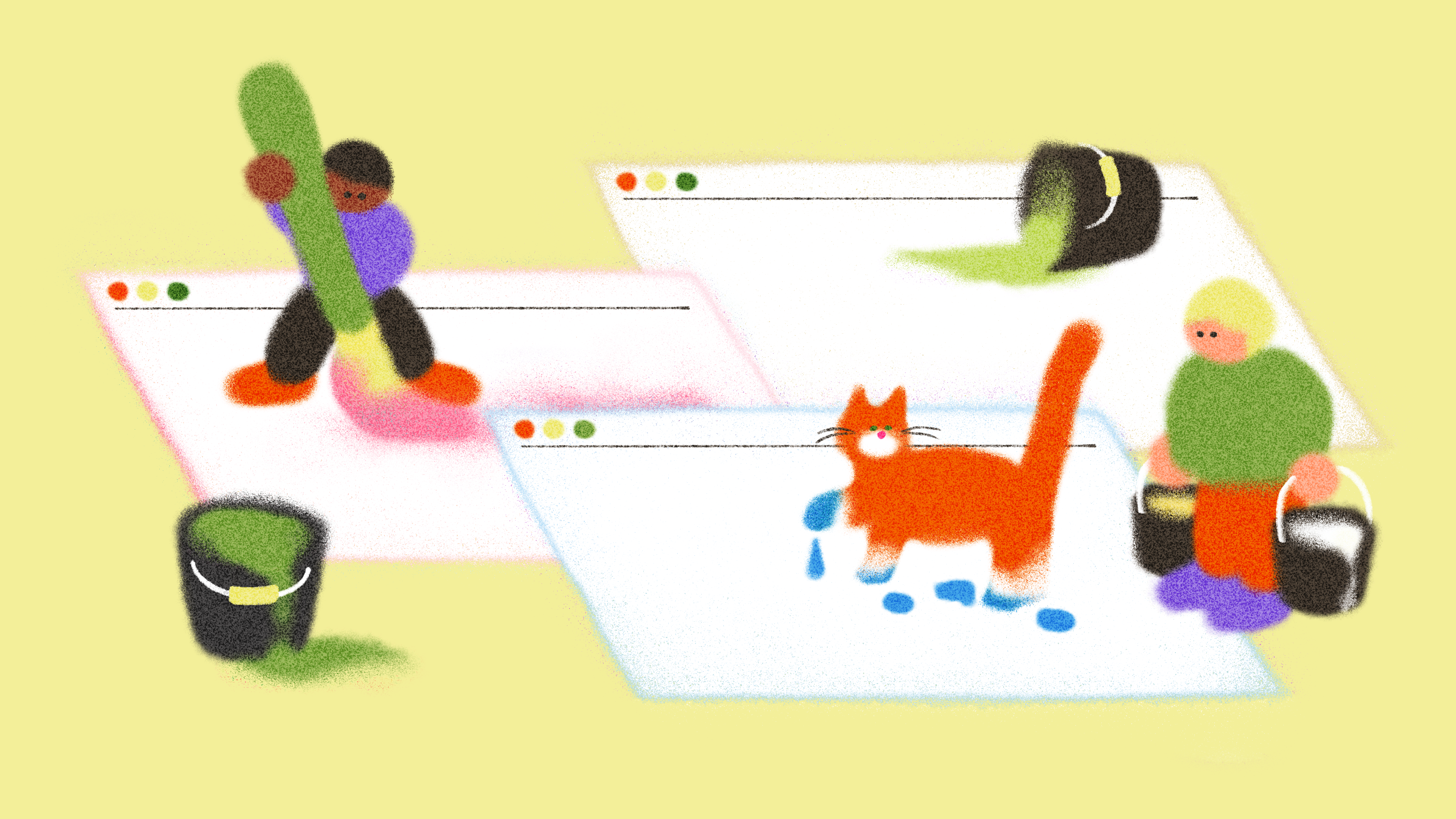
Why developers should embrace creative coding again
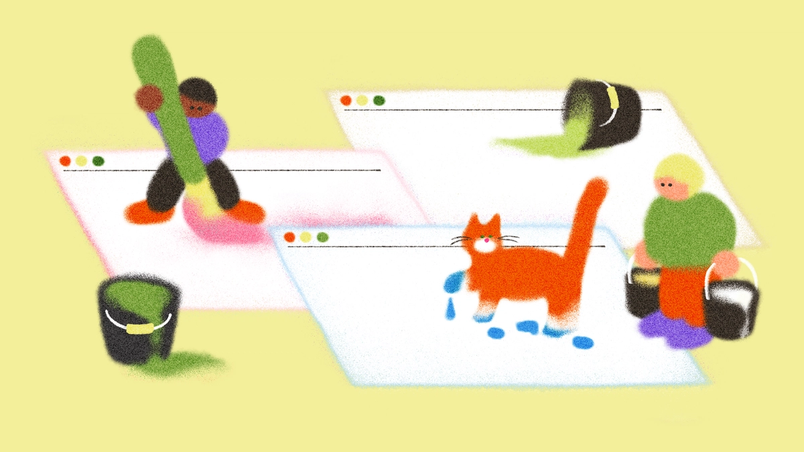
It’s time we expand our definition of design
FigJam Advocate Kaitie Chambers writes about how tools and processes can make everyone feel welcome in design. Through her own journey from marketer to maker, she takes on traditional notions of who gets to be called a designer and advocates for creative environments where everyone feels empowered to contribute. Read more More people than ever are using design in their daily work. By making our tools and processes more inclusive, we can empower everyone to practice design with confidence—regardless of their title.
It’s time we expand our definition of design
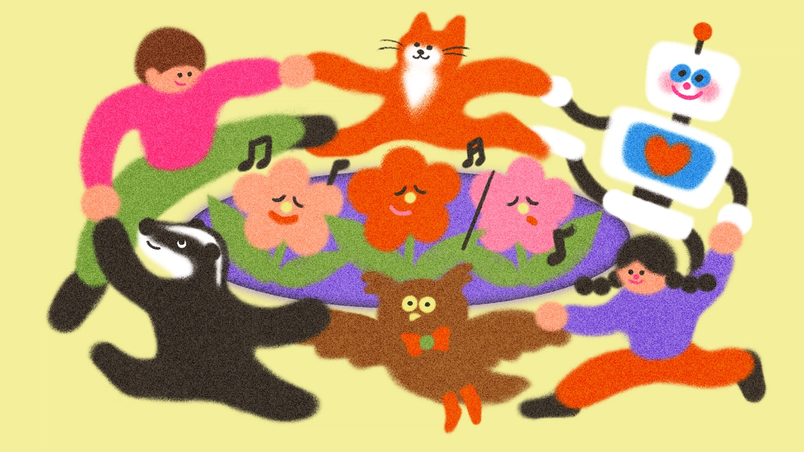
When to off-road the product roadmap
Director of Product Avantika Gomes challenges the myth that successful products are built on unwavering vision alone. Through the lens of Figma’s evolution from a design tool to a multi-product platform, she pushes for staying flexible and embracing the messy reality of product development. Read more The product landscape has changed. It’s time our product development process changes with it.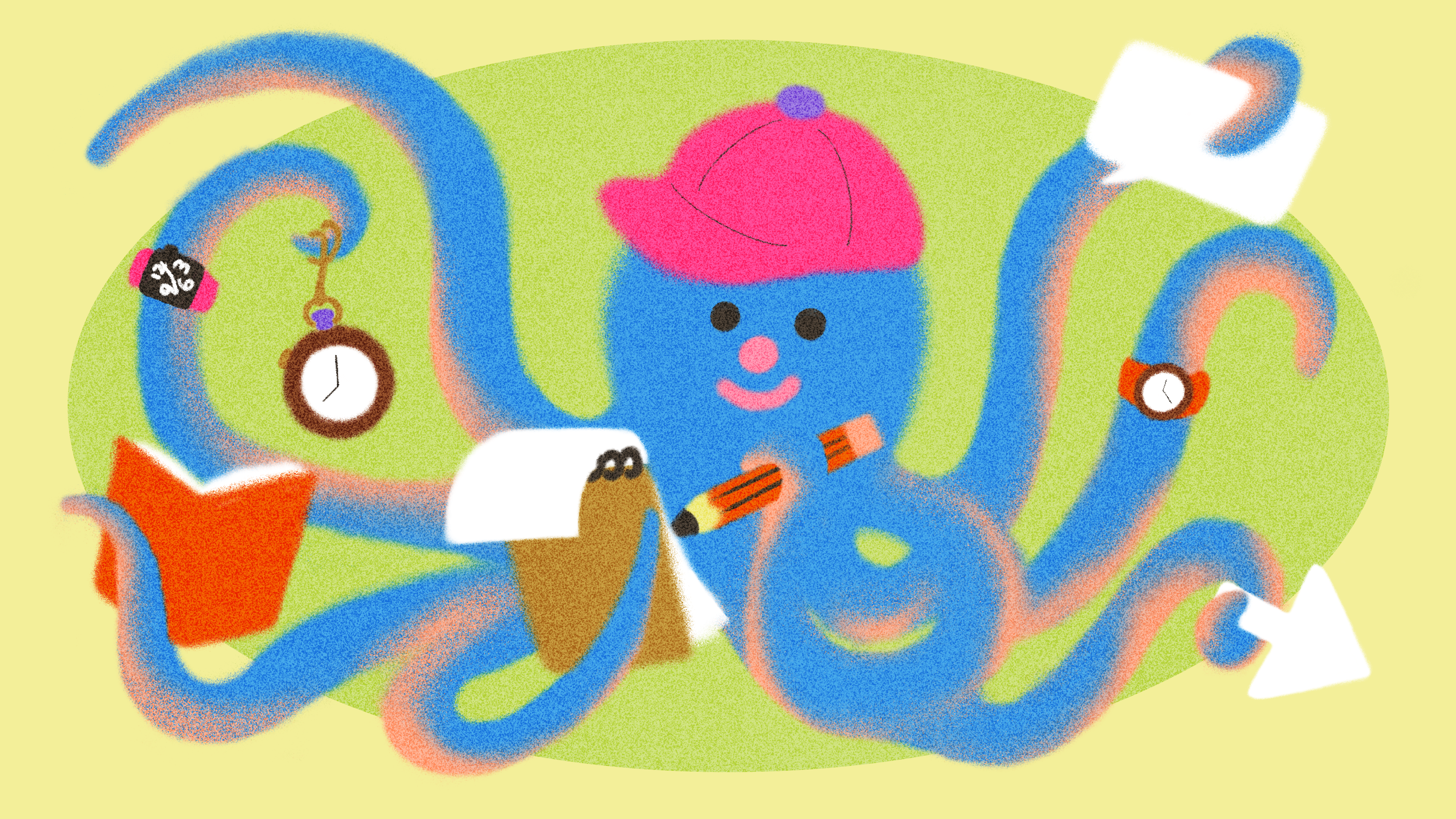
When to off-road the product roadmap
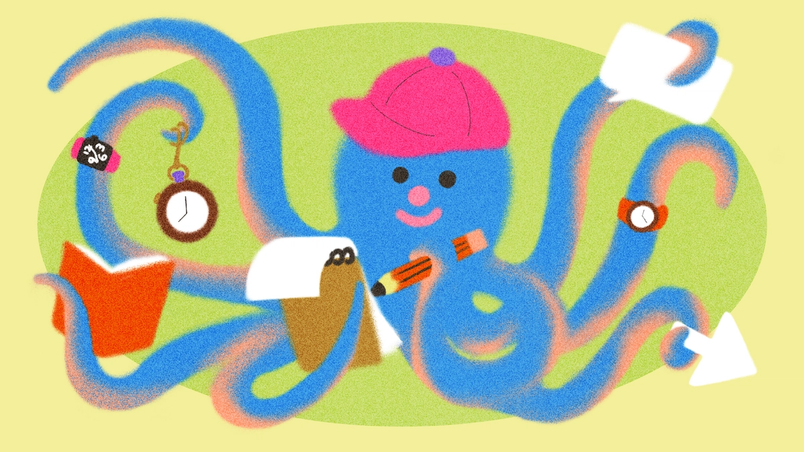
The new competitive moat is emotion
In a world overflowing with apps, Head of Insights Andrew Hogan proposes that emotional resonance, not features, will separate the exceptional from the forgettable. His perspective, shaped by parenthood and years of product analysis, makes a compelling case for putting user feelings at the center of product development. Read more With more apps than ever, features will only get you so far. It’s time to put resonance on the roadmap.
The new competitive moat is emotion
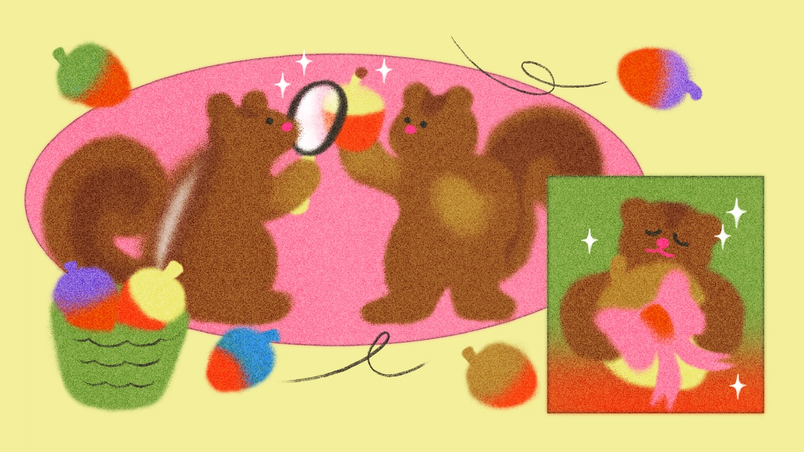
Making space for a handmade web
Product Designer Chia Amisola challenges the standardized state of today’s internet. Drawing from their work in internet art, they chart a path toward more personal, poetic digital spaces—and share why making your own website might be the first step. Read more There’s a resurgence of small, handcrafted sites challenging the current trajectory of the internet. Joining the movement is as simple as making your own.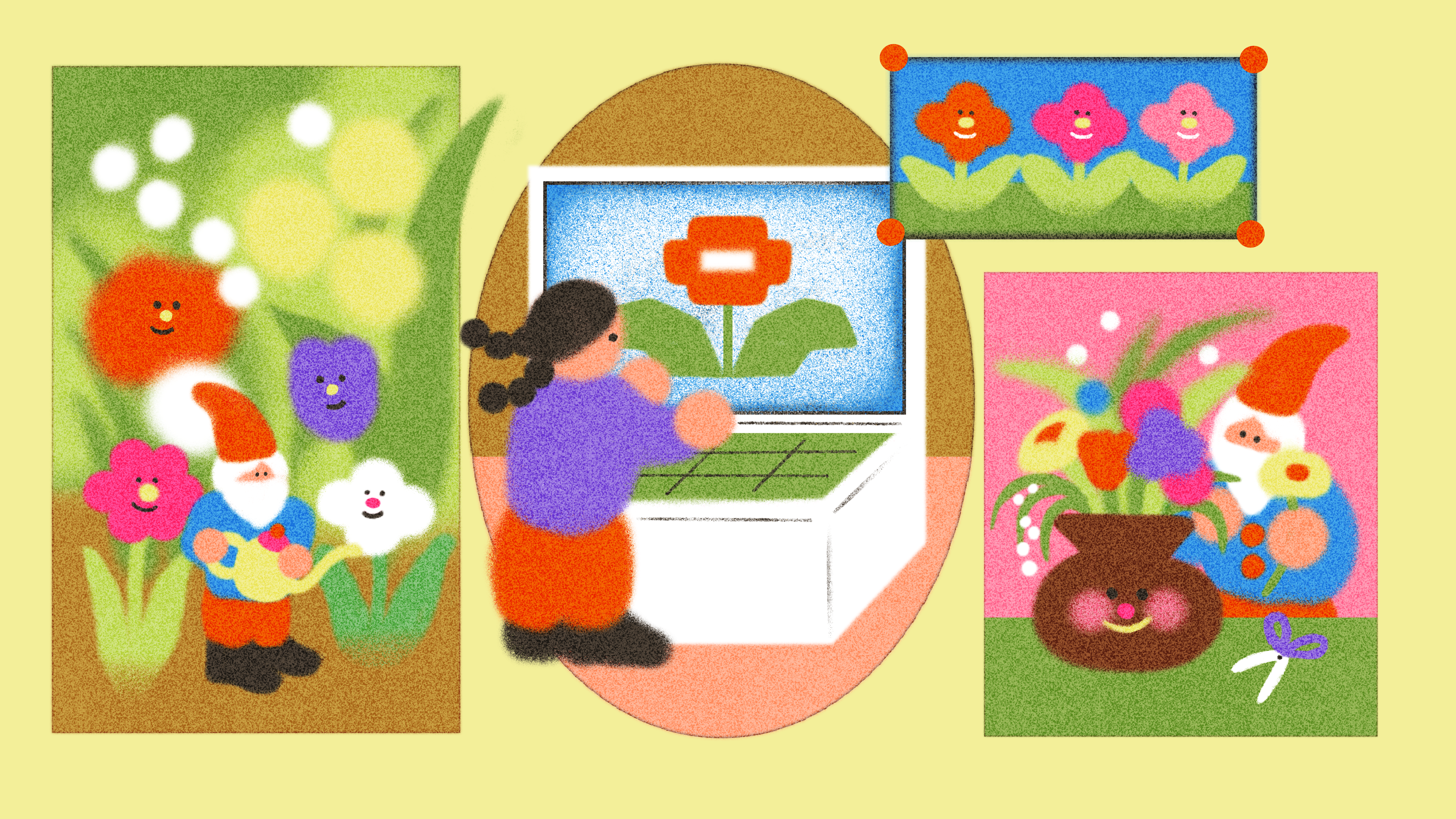
Making space for a handmade web
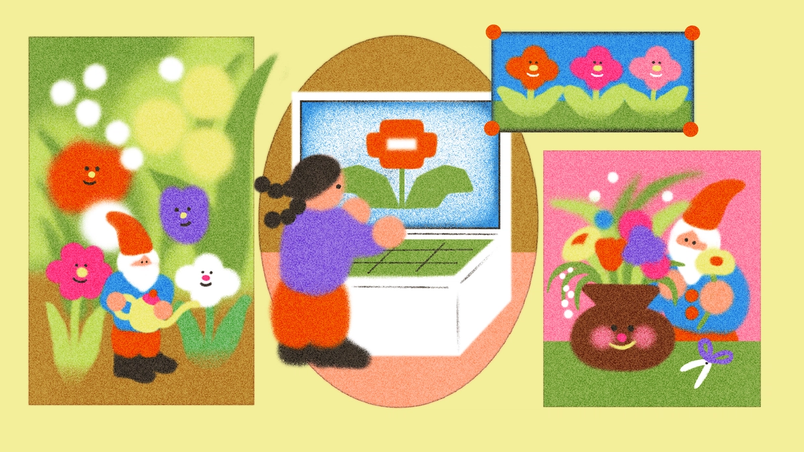
The rise of the generalist
Story Studio Writer Carly Ayres examines why connecting varied perspectives matters more than mastering just one. Rather than ultra-specialization or broad generalization, she looks at why the future belongs to those who can develop deep understanding across complementary fields. Read more As AI handles specialized tasks with increasing sophistication, the ability to connect dots across domains has never been more valuable.
The rise of the generalist
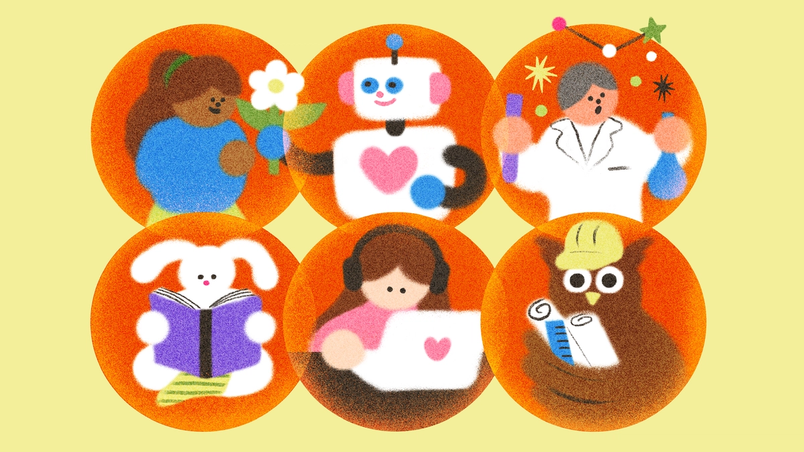
We offer these perspectives not as definitive answers, but as the start of a conversation. Some ideas might spark debate, others might inspire new ways of working. But that’s exactly what a good memo does: it puts an idea into the world and invites others to build on it. What’s your take on the future of digital creation? Maybe it’s time to write that doc.
Related articles

